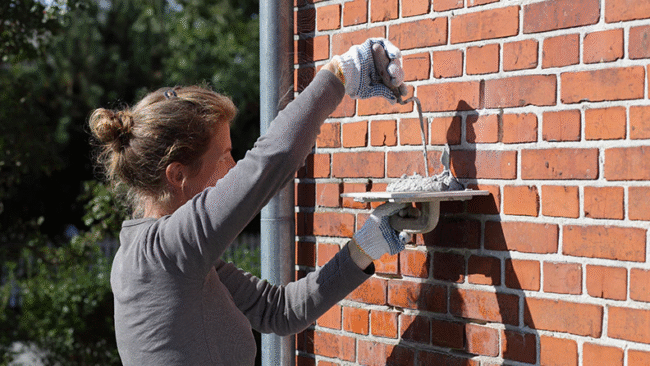
Brick exteriors last for generations when properly maintained, yet even the toughest masonry eventually shows signs of wear. Cracked mortar, spalled bricks, and moisture stains can compromise both appearance and structural soundness. Modern brick repair techniques—paired with thoughtful long-term restoration plans—keep walls strong, energy-efficient, and visually striking.
Spotting Early Warning Signs
The first step in any maintenance program is a thorough visual inspection. Hairline cracks along mortar joints, discolored bricks, or efflorescence (a white, powdery residue) reveal that moisture has found a pathway inside. Left unchecked, minor flaws can widen into gaps that admit more water and accelerate deterioration. Homeowners who notice localized damage often start with targeted brick repair to replace broken units and seal small openings before they spread.
Understanding Full Brick Restoration
When damage extends over larger wall sections—or when a historic façade needs a uniform refresh—brick restoration offers a deeper solution. Restoration combines careful cleaning, replacement of severely damaged bricks, and repointing with fresh, color-matched mortar. By renewing both the visible surface and the hidden bond that holds masonry together, brick restoration restores structural integrity and original aesthetic character in a single, comprehensive project.
The Role of Tuckpointing in Preventive Care
Even sound bricks can suffer if the mortar between them erodes. Tuckpointing removes loose or crumbling joints and installs new mortar that seals the wall against moisture. Because it addresses the most vulnerable part of a masonry assembly—the joints—regular masonry tuckpointing extends the lifespan of both individual bricks and entire walls. Scheduled every few decades, tuckpointing prevents small voids from becoming costly structural repairs.
Creating a Long-Range Maintenance Plan
An effective masonry maintenance plan blends short-term fixes with periodic comprehensive work. Brief annual inspections catch early problems, while cyclical projects like tuckpointing and cleaning preserve overall strength and appearance. Documentation—photos, repair records, and mortar recipes—helps future contractors match original materials when new repairs are needed.
Final Thoughts
Brickwork rewards attentive owners with longevity and curb appeal, but longevity comes from proactive care. Routine brick repairs, strategic restoration, and timely tuckpointing form a holistic approach that keeps masonry performing—and looking—its best. For homeowners seeking expert guidance, GTA Masonry offers assessments and service plans tailored to each wall’s condition and age.
